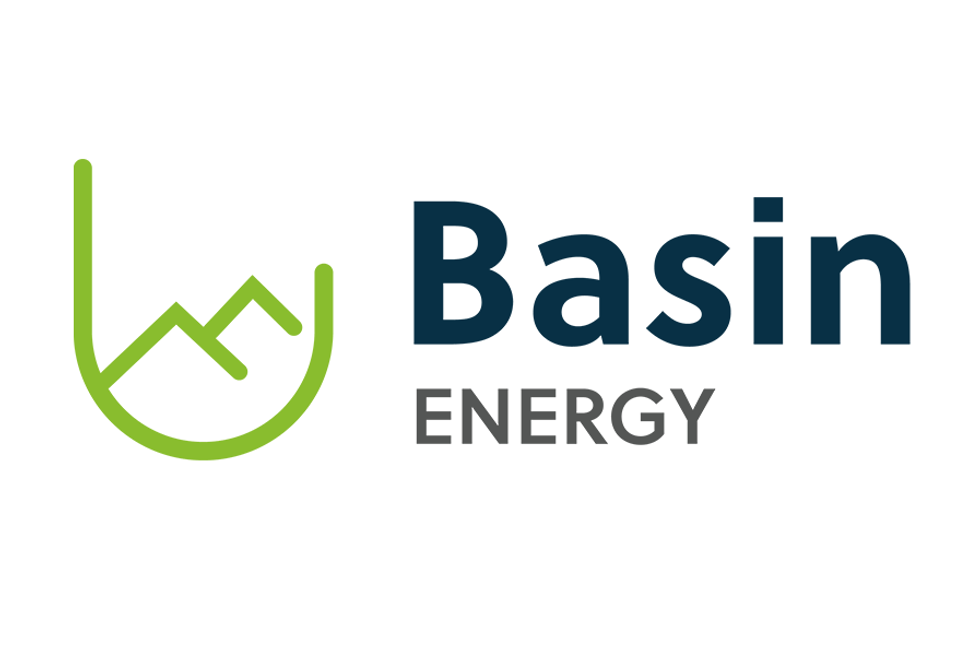Britain and Japan have signed a framework civil nuclear co-operation pact, agreeing to collaborate on nuclear safety regulations. The agreement reflects Japan’s concern for independent, competent, and rigorous regulation of nuclear safety and of enhanced emergency preparedness.
By Dave Brown — Exclusive to Uranium Investing News
Britain and Japan have signed a framework civil nuclear cooperation pact with the objective of cooperating on the nuclear decommissioning of the Fukushima nuclear site. The countries’ respective leaders, David Cameron and Yoshihiko Noda, met in Toyko as part of a broader trade mission and renewed commitments for nuclear cooperation.
The two countries agreed to collaborate on nuclear safety regulations, with Japan aiming to create an organization that will recognize “the importance of independent, competent, and rigorous regulation of nuclear safety and of enhanced emergency preparedness, according to the principles of continuous improvement and transparency and in line with IAEA safety standards.”
Annual senior-level meetings between the two leaders will strengthen bilateral cooperation across the full range of civil nuclear activities. They also reaffirmed commitments made in a 1998 cooperation deal “to share experience, expertise and potential technology in spent fuel management, international transport of nuclear materials, and other areas related to the nuclear fuel cycle.”
Risk of inertia with non-nuclear summer
Japan remains aware of the challenges imposed by setting the precedent of operating without nuclear power. Although nuclear power provided almost 30 percent of Japan’s electricity before last March, all but one of the country’s reactors have been taken offline, primarily due to maintenance and security initiatives. The last reactor is scheduled to shut down on May 5.
Recognition of the potential threat of anti-nuclear sentiment within Japan from Japanese senior leadership and concern about avoiding greater setbacks should reinforce global confidence that the nuclear industry is gradually reverting to a more efficient market. For investors, an efficient market should reflect supply and demand dynamics and recognize a more realistic value for uranium assets over the long term.
Uranium spot market prices
The uranium spot market price as reported by TradeTech climbed slightly to $51.25 per pound. Spot market activity remains relatively slow, with the increase in uranium price due primarily to a lack of motivation from sellers and increased demand from buyers compared with previous weeks. A total of four transactions are reported for the week, with the majority of demand being discretionary in nature.
Company news
Paladin Energy Ltd. (TSX:PDN,ASX:PDN) is reviewing all options for its non-productive assets, not limited to a search for minority joint venture interests.
The company’s projects in Australia include two prospects in the Northern Territory, the Manyingee and Oobagooma in-situ recovery projects in Western Australia, and the Mount Isa tenements in Queensland, which it owns jointly with Cameco Corp. (TSX:CCO,NYSE:CCJ). Paladin is already in discussions with a diverse group of nuclear industry partners for minority interest.
This news is of interest to investors as it reflects an attraction to the company’s future uranium production, with opportunity for increased financial strength and flexibility. Paladin owns the Kayelekera mine in Malawi, as well as the Langer Heinrich mine in Namibia.
Junior company news
Bannerman Resources Ltd. (ASX:BMN) reported positive results following a Definitive Feasibility Study for its 80 percent owned Etango uranium project in Namibia. The study underscores the project’s long-term potential and broader scale of operations. The company is also discussing prospective joint partnerships, remaining open to various options, including working with an established mine operator or an Asian energy company seeking supplies of uranium.
Kivalliq Energy Corp. (TSXV:KIV) has commenced phase one of its 2012 drill program. The 35,000 metre drill program at the Angilak property is part of a $20 million exploration program.
Ur-Energy Inc. (TSX:URE,AMEX:URG) announced an increase to its NI 43-101 uranium resource of 45 percent in the measured and indicated categories on the Lost Creek project. The news also included details of an increase of 42 percent in the inferred category of uranium resources on the same project.
Securities Disclosure: I, Dave Brown, hold no direct investment interest in any company mentioned in this article.






